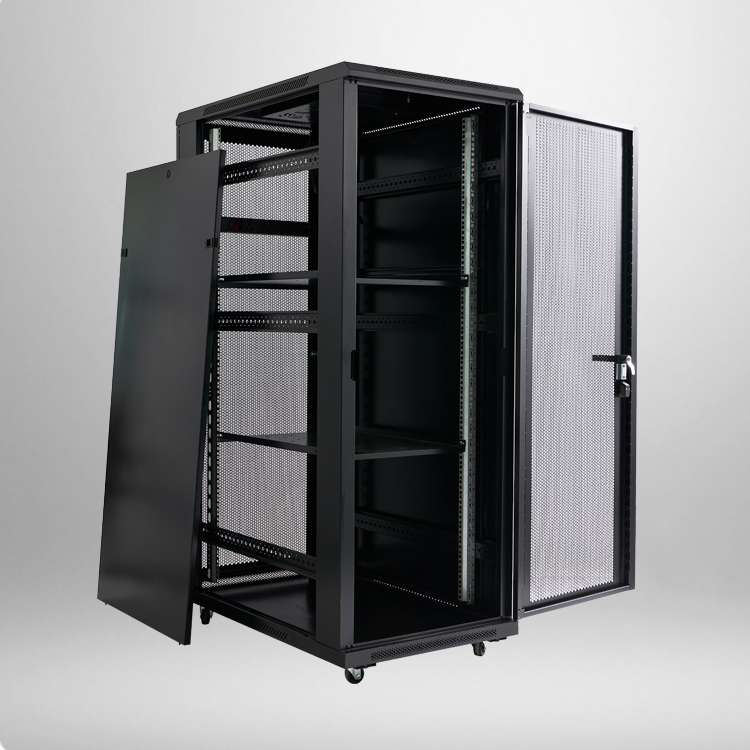
The vertical network cabinet, also known as the server rack, is an indispensable piece of equipment in the modern information age. It provides organized and secure storage for network servers, switches, routers, and other electronic devices. The roots of the vertical network cabinet go back several decades, when the first computer networks were being developed. This article will explore the history and evolution of the vertical network cabinet.
In the early days of computer networking, computers were large and cumbersome, and required a lot of equipment to function. The earliest computer networks were typically housed in large, dedicated rooms, with special cooling systems and other infrastructure to support the hardware. This was a costly and space-intensive approach, and not practical for most organizations.
In the 1960s and 1970s, manufacturers began to produce smaller, more powerful computers. The first microcomputers were introduced, and these devices were much smaller and more affordable than their predecessors. As a result, more and more organizations began to adopt computer networks, and the need for more compact and efficient network storage solutions became apparent.
The first network cabinets were designed to fit on a standard 19-inch rack (48.26 cm), which was the industry standard for electronic equipment. These cabinets were typically made of steel or aluminum, and were designed to hold electronic components such as servers, switches, routers, and other devices. They were usually open in the back, allowing for easy installation and access.
In the 1980s, networking technology continued to evolve, and computers became even smaller and more powerful. As a result, the demand for more compact and efficient storage solutions grew. In response, manufacturers began developing network cabinets specifically designed for vertical installation.
The vertical network cabinet solved several problems for organizations that needed to manage large networks. First, it allowed for higher densities of electronic equipment to be mounted in a smaller space, freeing up valuable floor space. Second, the enclosed design of the vertical cabinet helped to protect the equipment from dust, accidental damage, and theft. Third, the vertical cabinet was designed to be easily mounted on a wall or in a corner, making it more flexible and adaptable to different layouts and space constraints.
Today, the vertical network cabinet is an essential part of any modern computer network. It has evolved over the years, with new features such as cable management, integrated cooling systems, and advanced security features. The cabinet is available in a variety of sizes and designs, and can be customized to meet the needs of any organization.


